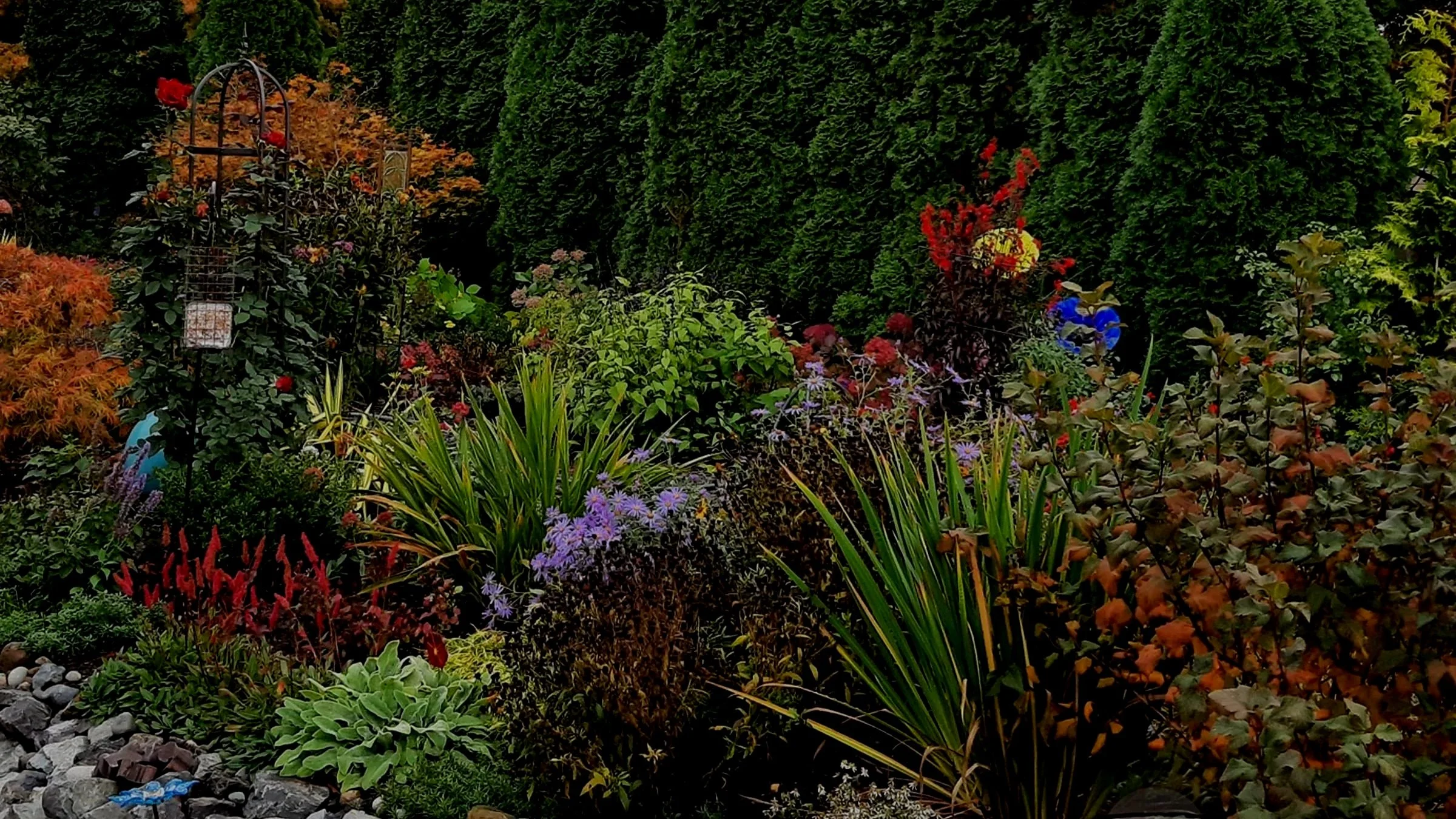I am back once more to help you continue down the road to pruning success this week with episode three. Most things work best as a trilogy, right? I am sure that all of your eager gardening minds are ready for more this week as we keep this momentum going. Up next is a focus on types of buds, which will hopefully get you to think about exactly where and why you are making cuts. Understanding directional pruning and how to train your trees and shrubs to grow properly is my ultimate goal.
Now that mid-February is upon us, I cannot (with good conscious) declare that winter is over. I am sure Mother Nature will still frost us many more times until spring officially arrives. I bring this up as a gentle reminder to avoid pruning anything evergreen until after frost. Once spring has sprung, you can then have at the Laurels, Boxwoods, Japanese Hollies, and our coniferous friends. Typically by mid-March to early April you are good to go, but there is no rush since pruning plants such as these can be done all the way through mid-summer. However, don’t forget about our old-wood versus new-wood discussion from last week and wait until after bloom to prune back those Azaleas, Rhododendrons, Lilacs, Magnolias, Dogwoods, and other spring bloomers.
Both evergreen and deciduous shrubs of all kinds share some basic types of buds. By understanding where these are and how they respond to pruning you can make better decisions.
Apical/terminal buds versus lateral buds: Simply put, apical/terminal buds are the tips of our branches or the tops of your tree - the leaders. Heading these back will reduce height or width temporarily and help create side branching. Be careful not to top trees, especially taller conifers or shade trees, as they will lose their dominant leader. Fruit trees are a great candidate for topping, as I would always recommend a shorter spreading crown that is easier to manage versus a taller one that requires a ginormous ladder to pick your crop. Same goes with Japanese Maples as well. Lateral buds are those all along the stems/branches, either opposite or alternate (as described below). Pruning to these buds creates bushiness and fuller specimens. Think hedge: clipping results in a dense screen or border as you are utilizing these lateral buds to produce fresh growth. With some plants, these lateral buds are close together (like Boxwood) so we can easily “shear” them back. On most plants though they are much farther apart, so shearing may leave dead stubs here and there. Cutting just an inch above a lateral bud on plants like these is better and will help eliminate those unsightly stubs.
Latent/Dormant buds: Think of these buds as your plant’s insurance policy. Let’s pretend something happens to an older shrub or tree in your landscape, maybe the wind cracked a large branch off, or heavy snow did the same. Perhaps you are choosing to break my one-third rule (I forgive you) and take an old Rhododendron that is burying your garage wall from 12-feet tall down to 3-feet to start it over. Latent buds are there to help! After the last frost, cross your fingers and then head back above one on old-wood and a new shoot should emerge as recovery begins. Take a Rhododendron for example, look on the old woody stems and you will notice little green nodes sitting here and there, waiting to grow. A severe pruning above any of these buds will encourage these to sprout, eventually filling the plant back in. This rings true for many other shrubs and trees as well. It will not be pretty until the plant has time to recover, but it is a way to eventually rejuvenate an out of control landscape specimen.
Opposite versus alternate buds: If you look at the stems of shrubs and trees, even in this dormant time, buds can be readily seen all up and down the wood. Some plants have pairs of buds (opposite) on stems, while others sport side to side (alternate) buds. Think Hydrangea for a moment, an opposite bud plant. I hope you had a flower at the tip last summer, but now if we deadhead or cut down the stem above a pair of buds, we get two shoots skyward resulting in a bushier shrub with double the flowers. Now think of a Rose, a new-wood bloomer with alternate buds. When tidying your Roses up for spring or deadheading them later for more bloom all summer, pay attention to which bud you are heading canes down to. Always prune just above an outside facing bud, keeping the center open and eliminating growth that crosses back into the middle of the plant. This rings true for all shrubs and trees – if you pay attention to the buds and where on the stem you are pruning, you can easily direct the resulting new growth to where you need it! Instead of just lopping of a branch, take a moment to look at those buds and then cut above the one that will grow outwards and not inwards.
Speaking of Hydrangeas, I think that most gardeners grow these and some may be confused about how to prune them. These are plants that can be new or old-wood blooming depending on the specie AND specific variety in many cases. Panicle types (H. paniculata cvs.) are all new-wood bloomers, but Mophead/Lacecap types (H. macrophylla cvs.) can be trickier, as old school cultivars only bloom on old-wood. The vast majority of modern varieties bloom on old and new-wood, and are thus called “repeat flowering.” With these you can prune them down and not sacrifice bloom. Hydrangeas should be cut back around March 1st if needed, but be careful not to head an old-wood bloomer back too far. You will find out in summer from your lack of flowers if you do have this type, and then learn a lesson for next time.
I sincerely hope that we have not reached pruning overload status, and that you now have some tools to consider on how and when to work on this plant or that one around your landscape. Again, if you are not sure, always ask at your local garden center, speaking with a Certified Professional Horticulturist or Arborist to allow them to help. So go get your prune on, as I know you can now focus on the good and do your best to avoid the bad and ugly in the garden.
Remember, leaves up, roots down…




